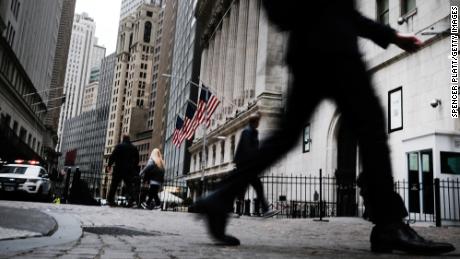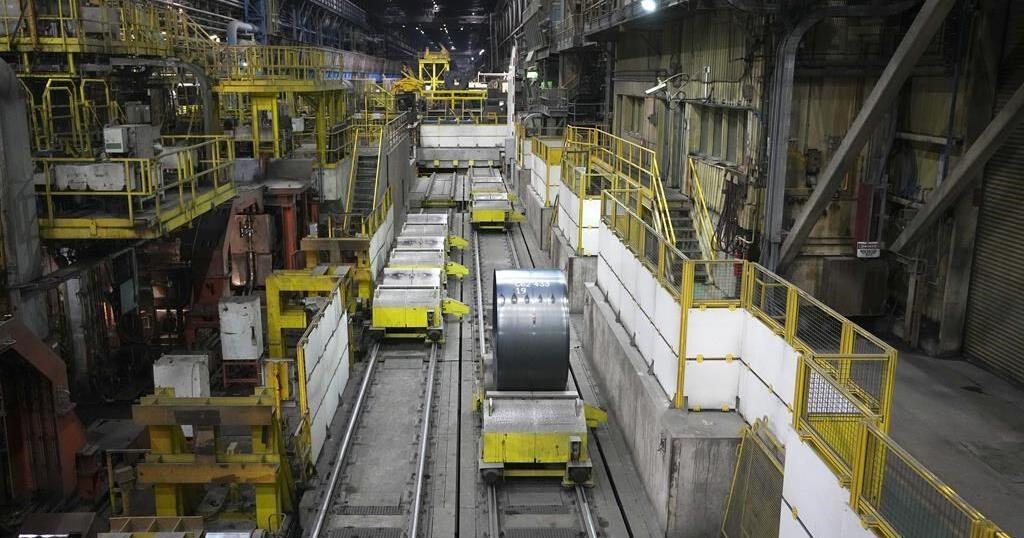

New York (CNN Business)The American economy didn’t get the memo that it’s supposed to already be in a recession.

OTTAWA – The parliamentary budget officer says the federal government likely failed to keep its deficit below its promised $40 billion cap in the last fiscal year.
However the PBO also projects in its latest economic and fiscal outlook today that weak economic growth this year will begin to rebound in 2025.
The budget watchdog estimates in its report that the federal government posted a $46.8 billion deficit for the 2023-24 fiscal year.
Finance Minister Chrystia Freeland pledged a year ago to keep the deficit capped at $40 billion and in her spring budget said the deficit for 2023-24 stayed in line with that promise.
The final tally of the last year’s deficit will be confirmed when the government publishes its annual public accounts report this fall.
The PBO says economic growth will remain tepid this year but will rebound in 2025 as the Bank of Canada’s interest rate cuts stimulate spending and business investment.
This report by The Canadian Press was first published Oct. 17, 2024.
The Canadian Press. All rights reserved.

OTTAWA – Statistics Canada says the level of food insecurity increased in 2022 as inflation hit peak levels.
In a report using data from the Canadian community health survey, the agency says 15.6 per cent of households experienced some level of food insecurity in 2022 after being relatively stable from 2017 to 2021.
The reading was up from 9.6 per cent in 2017 and 11.6 per cent in 2018.
Statistics Canada says the prevalence of household food insecurity was slightly lower and stable during the pandemic years as it fell to 8.5 per cent in the fall of 2020 and 9.1 per cent in 2021.
In addition to an increase in the prevalence of food insecurity in 2022, the agency says there was an increase in the severity as more households reported moderate or severe food insecurity.
It also noted an increase in the number of Canadians living in moderately or severely food insecure households was also seen in the Canadian income survey data collected in the first half of 2023.
This report by The Canadian Press was first published Oct 16, 2024.
The Canadian Press. All rights reserved.

OTTAWA – Statistics Canada says manufacturing sales in August fell to their lowest level since January 2022 as sales in the primary metal and petroleum and coal product subsectors fell.
The agency says manufacturing sales fell 1.3 per cent to $69.4 billion in August, after rising 1.1 per cent in July.
The drop came as sales in the primary metal subsector dropped 6.4 per cent to $5.3 billion in August, on lower prices and lower volumes.
Sales in the petroleum and coal product subsector fell 3.7 per cent to $7.8 billion in August on lower prices.
Meanwhile, sales of aerospace products and parts rose 7.3 per cent to $2.7 billion in August and wood product sales increased 3.8 per cent to $3.1 billion.
Overall manufacturing sales in constant dollars fell 0.8 per cent in August.
This report by The Canadian Press was first published Oct. 16, 2024.
The Canadian Press. All rights reserved.


In The Rings: Curling Canada still looking for Canadian Curling Trials title sponsor


N.B. election debate: Tory leader forced to defend record on gender policy, housing


After hurricane, with no running water, residents organize to meet a basic need


Alberta government shifts continuing care from Health to Seniors Ministry


Buhai, Green and Shin lead in South Korea after 8-under 64s in first round


Manitoba government halts school building plan, says other methods will be found


Maple Leafs winger Bobby McMann finding game after opening-night scratch


‘Significant overreach’: Ontario municipalities slam province over bike lane rules